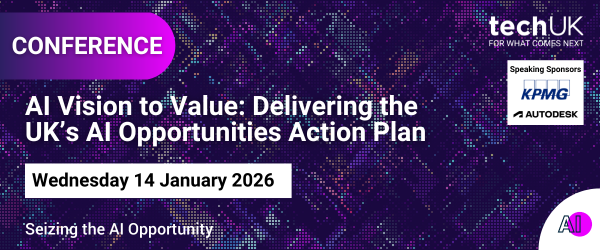Composable IT: Blurring the Boundaries between Business & IT
Businesses are learning to synthesize and balance a number of divergent goals: Digital natives who are, by nature, dynamic and focused on growth with others who are pursuing a stable and passive strategy aimed at defending their markets; and their physical businesses with the urgency of going digital. The challenge is to hit the sweet spot between the conflicting forces. To do this quickly and effortlessly, businesses have to develop a composable mindset. This means creating atomic-level technological building blocks that end users can assemble and re-assemble at will. Fuse
Composability, or the ability to re-configure the IT supply chain will accelerate digital transformation, enabling a frictionless interplay between IaaS, PaaS and SaaS. Along the way, many businesses will also create sustainable differentiation with their new-found abilities around composable IT.
The ‘how-to’ of composable IT
Composable IT depends on the attention an organization brings to:
- Acquiring appropriate plug-and-play technology such as (but not limited to):
- Artificial Intelligence
- Machine Learning
- Data and Analytics
- Automation
- Security
- Blockchain
- Drawing and stitching together three economies:
- Cloud
- APIs
- Gig
- Orchestrating competencies by:
- Re-imagining processes
- Setting the right technological agenda
- Understanding of customer journeys based on industry and geo
- Decision frameworks
- Cloud models
- Governance
- Deployment methodologies
- Managing composable IT by leveraging:
- Enterprise policy automation to eliminate barriers that users normally experience
- Containerization to manage workloads
- Financial ops to meter services, regulate spends and manage chargebacks
Bringing composable IT to life
The outcome of these efforts should be a ready-to-march army of citizen developers who don’t wait endlessly for IT to provision services or build and test applications. With adequate ease-of-use, any business user or line of business should be able to compose applications for individual and team productivity and maximize outcomes.
The key to composable IT becoming a reality is to focus on publishing curated assets in the form of micro-components and making them visible to users. If the assets are adequately self-contained and have no dependencies, they will be easy to assemble into an application.
Organizations that follow these cardinal rules quickly find that business functions take ownership of development. They use their innate domain knowledge and an understanding of the boundaries set by regulations to their functions to become more dynamic. The processes are substantially faster and smoother than the traditional pathway through IT.
Putting together the pieces of the composable IT puzzle appears complex. But it need not be so. Industrialized cloud environments and services, such as Wipro FullStride Cloud Studio, are becoming available and are ideal for creating composable portfolios on a single infrastructure. They provide the power to businesses to become agile and respond to fluid markets as fast as necessary. The boundaries between business and IT are set to blur, making everything, from ERP to e-commerce, composable.
About the author
Milind Halapeth is Vice President at Wipro and heads the Global Cloud Practice in Cloud and Infrastructure services. He works with customers to craft and accelerate their digital transformation journey by blending strategy, technology and new ways of working. He is an avid learner and business IT enthusiast who believes in a cross-functional leadership approach. Milind has played a key role in developing next-generation transformative offerings and executing growth strategies at Wipro.

Laura Foster
Laura is techUK’s Associate Director for Technology and Innovation.


